Needle size question, subtitle: is sewing a contact sport?
dee_can1
14 years ago
Related Stories

GARDENING GUIDES7 New Plants to Grow for Beautiful Foliage
Add color, structure and interest to your garden with these recently introduced plants that sport exceptional foliage
Full Story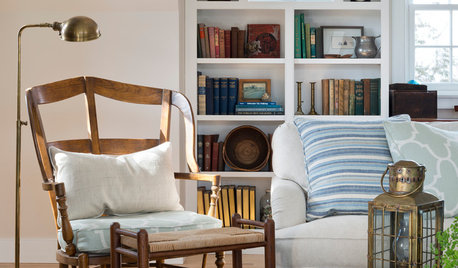
FURNITURESmart Shopper: How to Judge Antique Furniture Quality
Pick the treasures from the trash without expert experience by learning how to evaluate antiques and what questions to ask
Full Story
MOST POPULARHow High Should You Mount Your TV?
Today we look at an important question to consider when locating your television: How high should you set it?
Full Story
DECORATING GUIDES12 Antique Store Finds to Nab Now, Place Later
See the accessories one decorator always buys when she spots them — as long as she gets there first
Full Story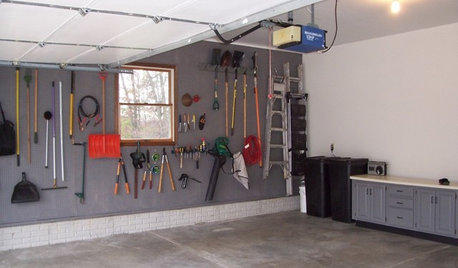
MORE ROOMS6 Garage Organizing Tips That Really Work
National Clean Out the Garage Day: Here's how to clear the clutter and organize what's left
Full Story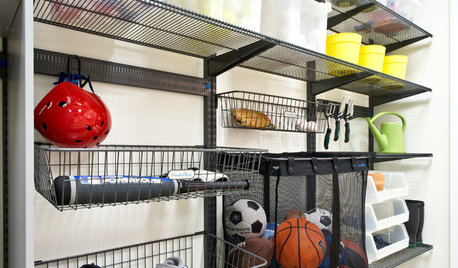
GREAT HOME PROJECTSHow to Make Your Garage a Storage Powerhouse
New project for a new year: Add shelving and containers to get your stuff off the garage floor — and still have room for the car
Full Story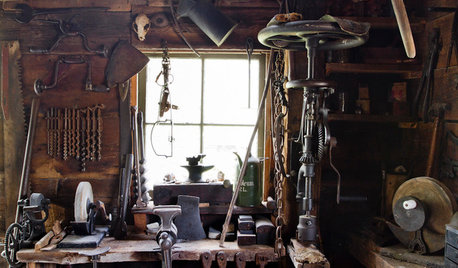
MATERIALSAre You a Maker? Show Us Your Favorite Tool or Material
Houzz Call: A tool or material can be a maker’s best friend. We’d like to see your favorite — and what it helps you achieve
Full Story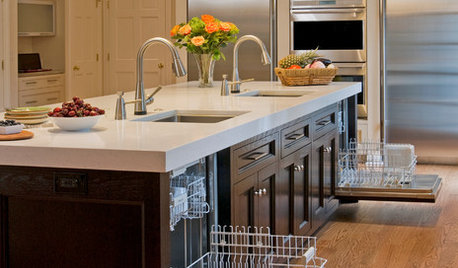
HOUSEKEEPING10 Chores You Can Whip Through During Commercials
Use ad time for getting tasks done, and it’s like fast-forwarding your house into cleanliness
Full Story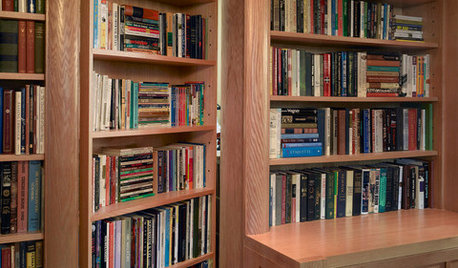
GREAT HOME PROJECTSHow to Create a Secret Doorway Behind a Bookcase
Hide your valuables (or unsightly necessities) in a room or nook that no one will guess is there
Full Story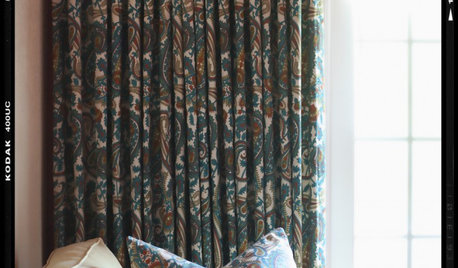
DECORATING GUIDESHow to Get Your Window Treatment Right
Here's the lingo to know to get the draperies you really want
Full StorySponsored
Franklin County's Preferred Architectural Firm | Best of Houzz Winner
More Discussions






izzie
noinwi
Related Professionals
Paramus Furniture & Accessories · Reston Furniture & Accessories · San Diego Furniture & Accessories · Portage Furniture & Accessories · Rancho Santa Margarita Furniture & Accessories · Ridgewood Furniture & Accessories · Cusseta Interior Designers & Decorators · New Providence Interior Designers & Decorators · Lorton Furniture & Accessories · Los Angeles Furniture & Accessories · San Diego Furniture & Accessories · Tucson Furniture & Accessories · Fargo Furniture & Accessories · Carlsbad Furniture & Accessories · Culver City Staircases & Railingsoilpainter
dee_can1Original Author
carolb_w_fl_coastal_9b